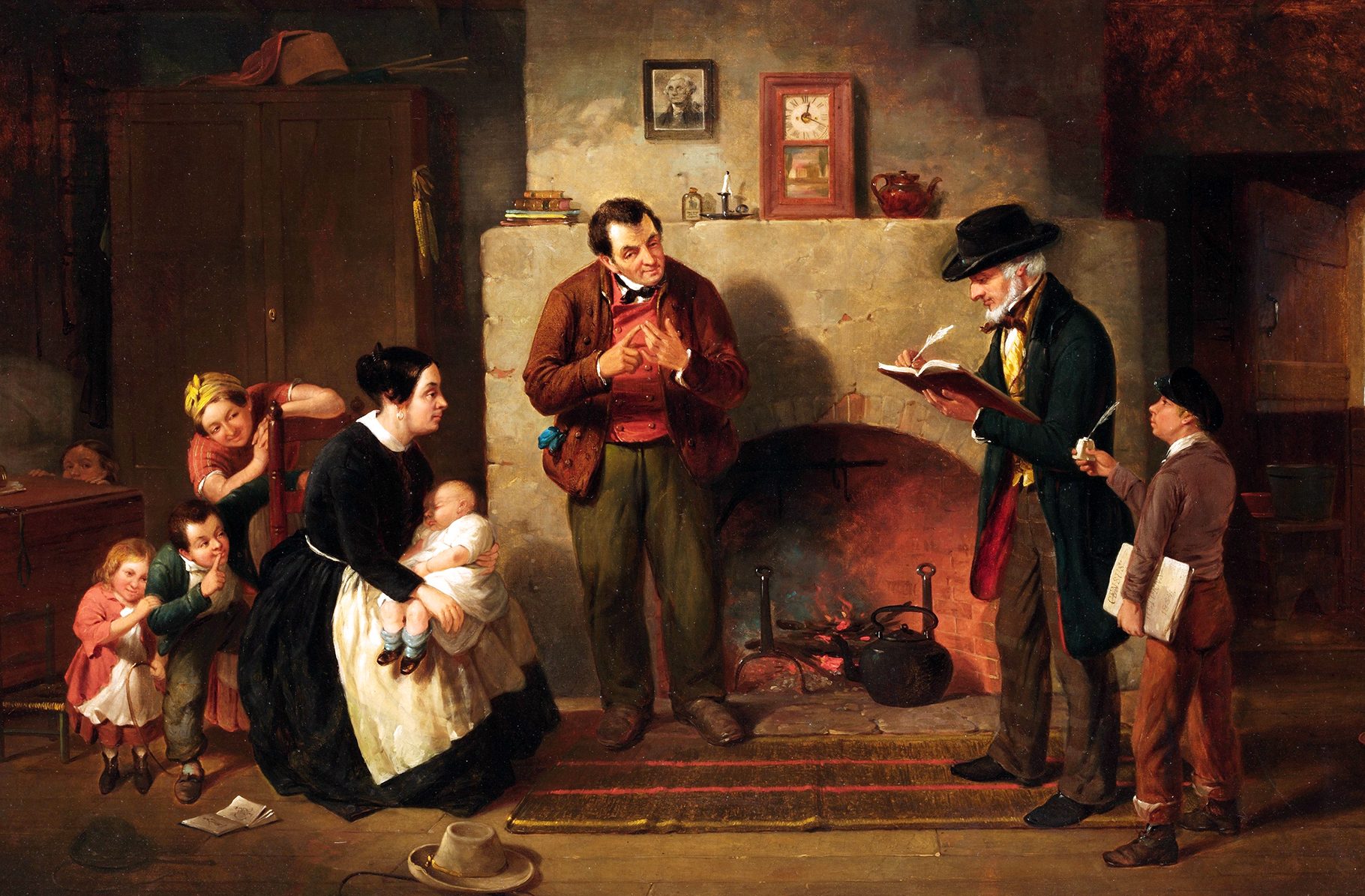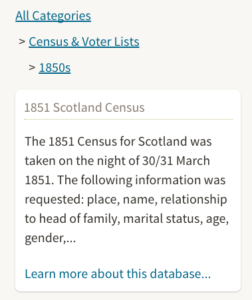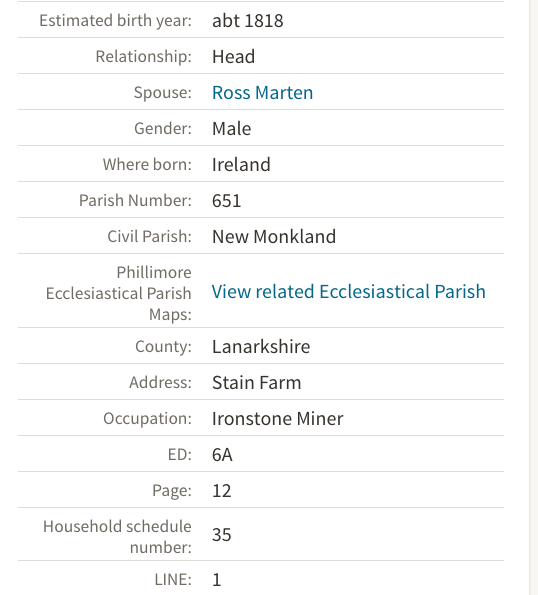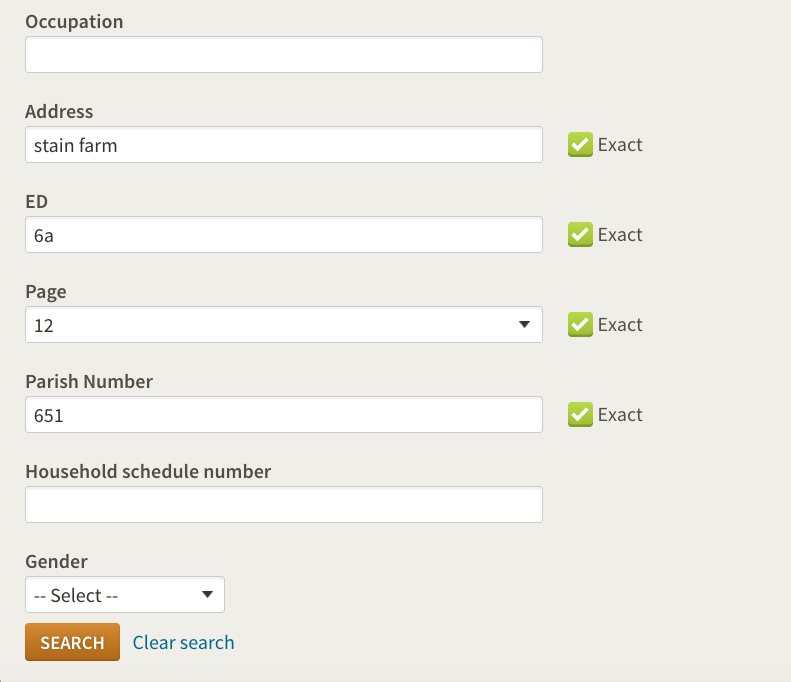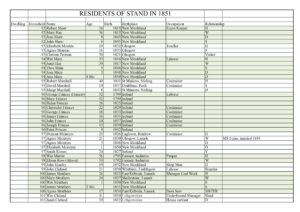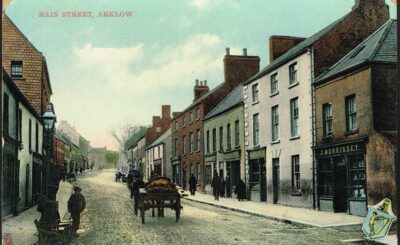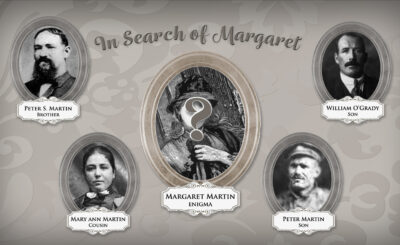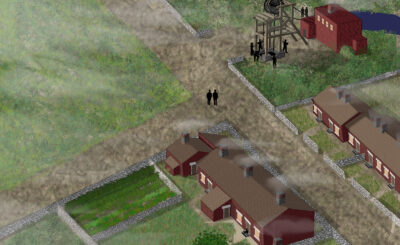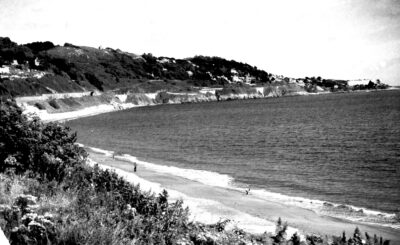SIR, I have been favoured with two copies of your circular on the census of the population. I would wish to know what obligation the priests of Ireland owe to either you or the Government that we should assist your travelling servants and look over your work….
You want the census of my parish. All the information I can give you is that its population was reduced on the last shooting day eleven in number, and that we have laws which forbid us to characterise that deed as it deserves….
Sir, send your orange messengers and enumerators to those whom they are welcome. But let them not be annoying my little place by their unwelcome presence. I am too much afflicted by the loss of my parishioners whom I regard more than I do you or any one belonging to or connected with the Irish Government…
Having no desire to offer you any personal disrespect, but merely wishing to reply to your official letter, I have the honour to remain, sir, your obedient servant,
J. BURKE, P.P., Castlepollard.
Although census takers have not always been welcomed, census reports are pretty amazing. It’s as though for one day the country stood still and allowed itself to counted and catalogued at large. It’s a grand snapshot of who, what, where, and when.
(Except when it’s not.)
Sure census information is often flawed; still, there’s a lot of information in the census, if you can figure out how to access it. Ancestry.com has strong tools for searching the census. Let’s talk about how to use them!
One of the great things about having access to digitized information, is being able to compile data and compare it by attribute. When I evaluate a census, I like to mine information from the whole neighborhood the family lived in. Here’s how you do that:
- First, find your ancestor on the census. Note the family’s address, E.D. (Enumeration District), page number, and parish number (or whatever particular divisions that census uses). (See Fig. 1).
- Under the options in the left sidebar, be sure to select the exact Census you want. I am working with the 1851 Scotland Census, so first I choose Scotland under “Collection Focus.” Next select “decade” and then the specific census that you want to search. (1851 Scotland Census in the example). (See Fig. 2.)
- With a specific census selected, new terms become available in the search form. Click on “Edit Search” and see the new search box options for Address, E.D., Page, Parish Number, etc. (Items will vary, depending on the specific census you are using.) (See Fig. 3).
- Insert the E.D., parish number, and other details. Remove any names, places, or occupations that referred to your ancestors to broaden your search to your ancestors’ neighbors.
- You can follow the census taker up and down the street from your ancestors’ house by changing the page number or family number. That allows you to see everyone who lived in their neighborhood.
Using this trick, I created a spreadsheet that listed every resident of Stand in 1851. That makes it possible at a glance to see the make up of the community where the Martins lived. I saw the other miners the father worked alongside at the mine, the prevalence of Irish immigrants, and even who the children’s playmates might have been. In 1852, the Martin father was killed at the mine; by the information on the spreadsheet, I knew all the players at the scene of the accident, where they lived next door or down the lane.
At about 9:00 p.m. on August 23, 1852, William Martin and two other men entered the mine lift at Rochsoles Pit #4, near Stand. As the lift began to descend, the pulleys disengaged and the cage plummeted to the bottom of the pit. William Martin died that day. James Marshall, whose family lived only five doors down, was one of the men severely injured in the fall. His brother, David Marshall, was on hand and ran to get a cart to carry the injured men to their homes. John Fulton, who lived next door but one to the Martin family, was also on hand when the accident occurred. Fulton and David Marshall were the ones to carry William Martin’s body into his home that night. This was a tragedy that reached far into the small community of Stand.
The census is a powerful tool for discovering your ancestors. Don’t be afraid to sneak up on that census taker and mine all the data you can!
MORE—See “Five Tactics to Make that Census Talk!”
Image credit: Francis William Edmonds, [Public Domain] via Wikimedia Commons.

